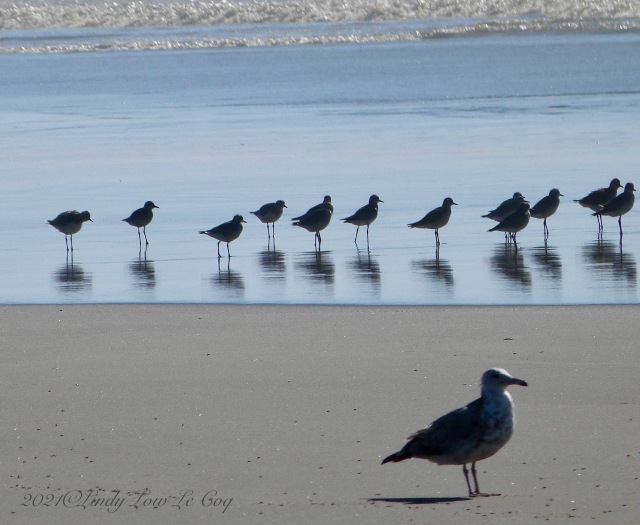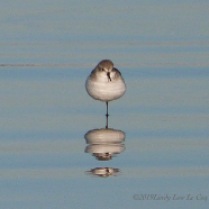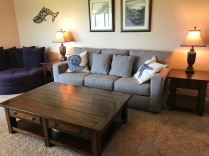Refraction occurs when light passes into a transparent material. Instead of reflecting or changing the path of light (as my Sparkle photos of light on water show) refraction bends the light, changes its direction as it passes into another transparent material of a different density, like glass, water or lenses. The best examples I have in my archives are from a visit to Old Point Loma Lighhouse in San Diego, CA.
Point Lorma was one of the original 8 west coast (USA) lighthouses built in 1855 in a Cape Cod style. Its forty foot tower rises from the center of the lighthouse keeper’s house, and is fitted with a third-order *Fresnel lens.
 The site has a small museum with displays including the third-order Fresnel lens from the New Point Loma Lighthouse, and the fourth-order lens from the Ballast Point Lighthouse.
The site has a small museum with displays including the third-order Fresnel lens from the New Point Loma Lighthouse, and the fourth-order lens from the Ballast Point Lighthouse.
 The third-order *Fresnel lens (above & below) has twelve bull’s-eyes. Its focal length is 500 mm and it has an optical area of 1.576 mm.
The third-order *Fresnel lens (above & below) has twelve bull’s-eyes. Its focal length is 500 mm and it has an optical area of 1.576 mm.
The fourth-order *Fresnel lens (below) has a focal length of 250 mm and an optical area of .722 mm.
* French physicist Augustin Fresnel (1788-1827) reasoned that it was the surface curvature of lenses which gave it focusing power. He reproduced the surface curvature of a thick lens in sections, maintaining the same focal length with a fraction of the weight. The lens strength in diopters is defined as the inverse of the focal length in meters.
Now I see the light!









































